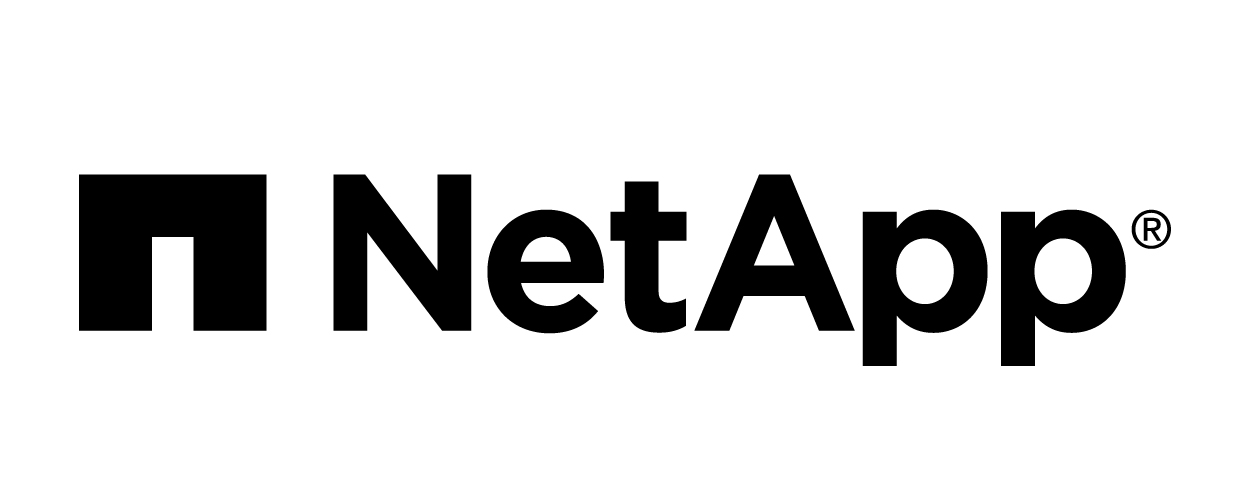
The consensus target price for NetApp, Inc. (NASDAQ:NTAP) has decreased over the past year, indicating a more conservative outlook from analysts.
Despite ongoing demand uncertainty and tariff risks, NetApp is considered better positioned to navigate these challenges.
Recent earnings estimate revisions suggest a cautious sentiment among analysts, with no expected price increase in the near term.
NetApp, Inc. (NASDAQ:NTAP) is a prominent player in the technology sector, specializing in cloud-led and data-centric services. The company offers a variety of software and infrastructure solutions designed to manage and share data across different environments. NetApp competes with other major hardware companies like Hewlett-Packard, as highlighted by JP Morgan analyst Samik Chatterjee.
Over the past year, the consensus target price for NTAP has seen a downward trend. Last month, the average target price was $106, reflecting a more conservative outlook from analysts. This shift may be influenced by ongoing demand uncertainty and renewed tariff risks, as noted by Chatterjee. Despite these challenges, NetApp is considered better positioned to navigate these tariff headwinds.
A few months ago, the average target price for NTAP was higher at $118, indicating more optimism about the company’s prospects. However, the recent earnings estimate revisions suggest that there may not be a further price increase in the near term. Analyst Ananda Baruah from Loop Capital Markets has set a price target of $100 for the stock, aligning with the more cautious sentiment.
Last year, the average target price was even higher at $128.25, showing a significant decrease in the consensus target price over the past year. This decline may reflect changes in market conditions or company performance. Despite a recent 13.1% surge in NTAP’s stock price, the trading volume exceeded the average, suggesting heightened investor interest.
Investors should consider these changes in target prices alongside other financial metrics and company news to make informed investment decisions. The downward trend in target prices, coupled with the current market conditions, highlights the importance of staying updated on analyst insights and company performance.

